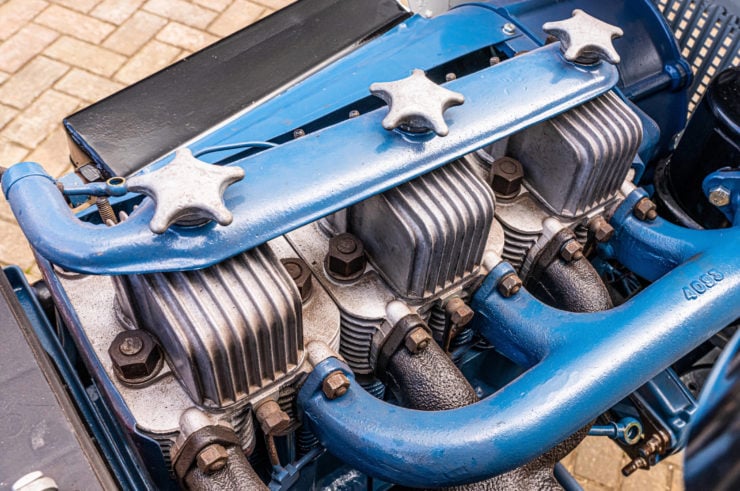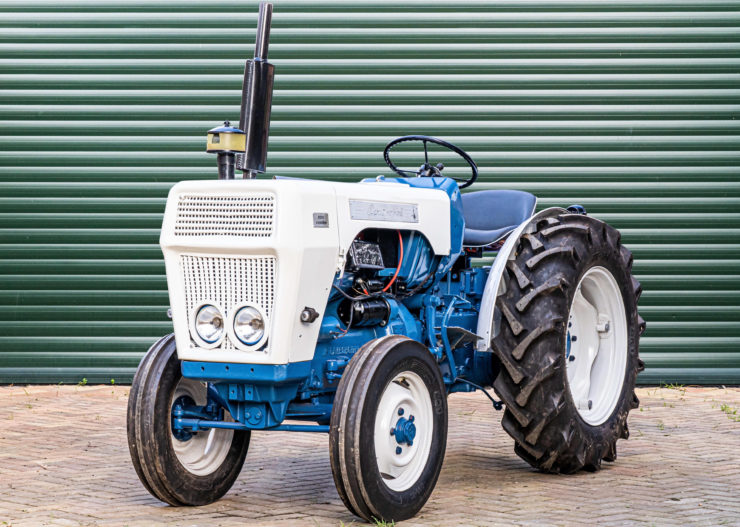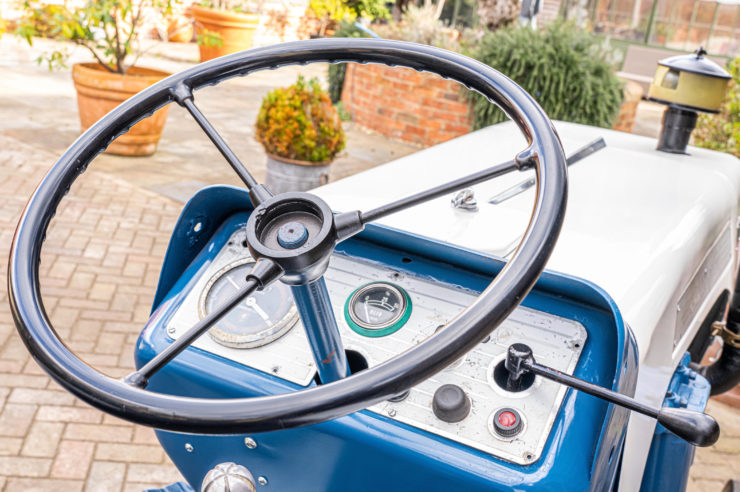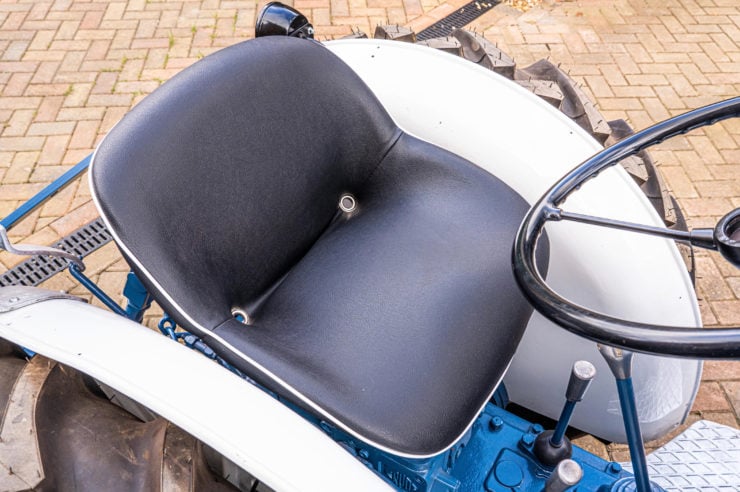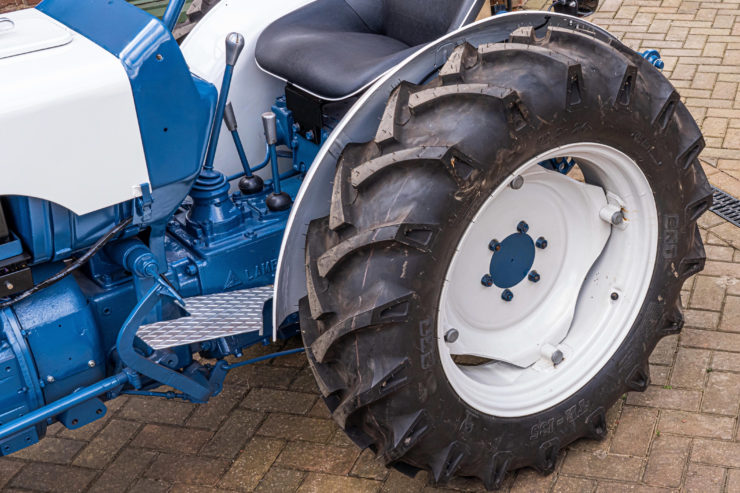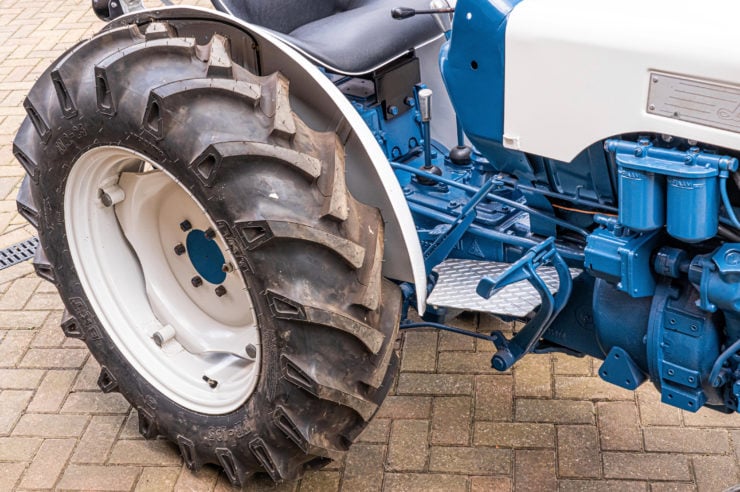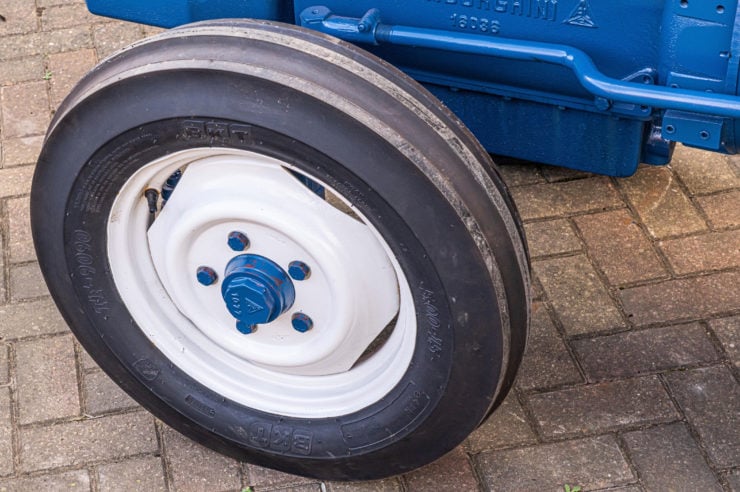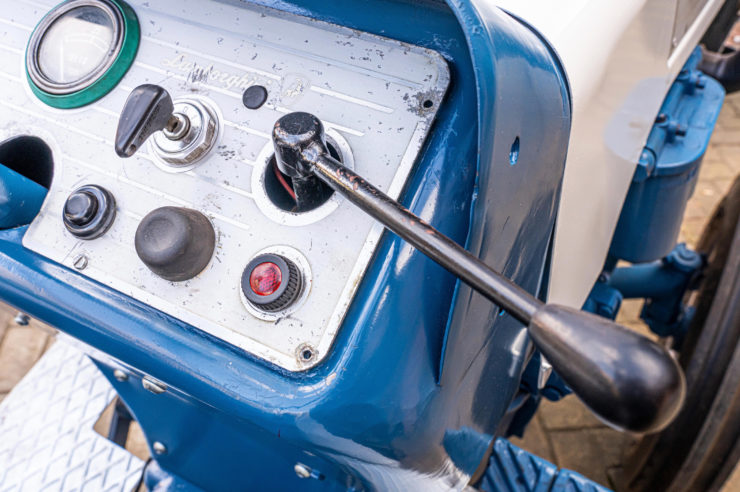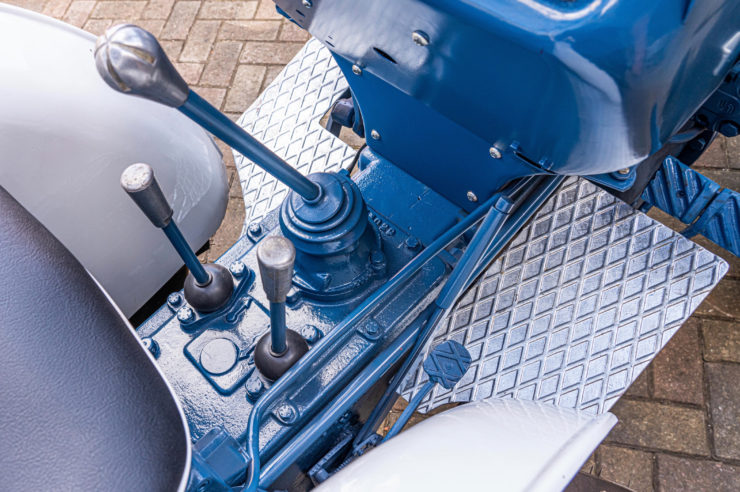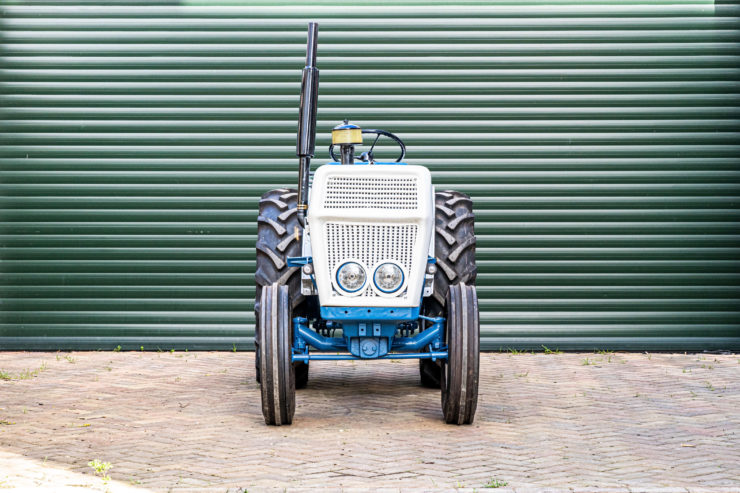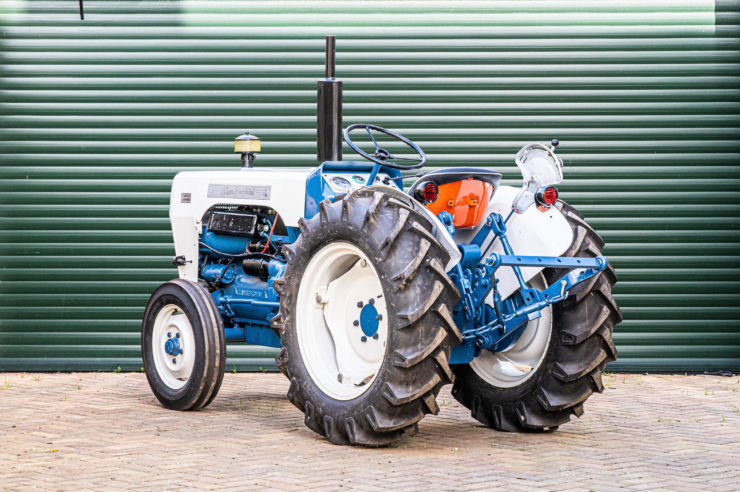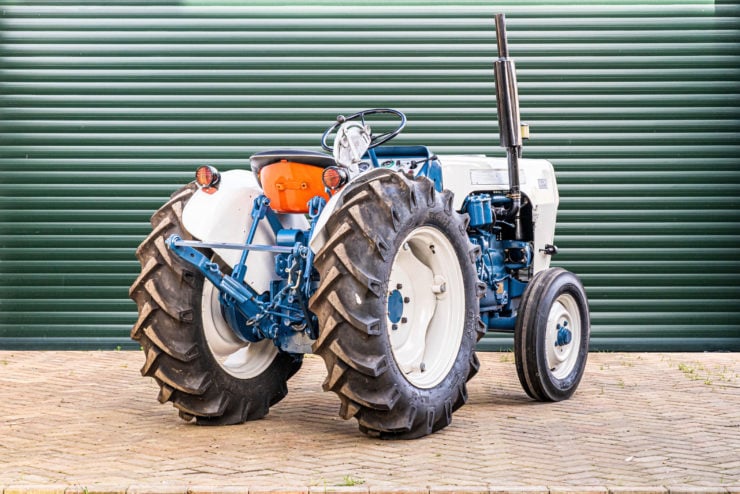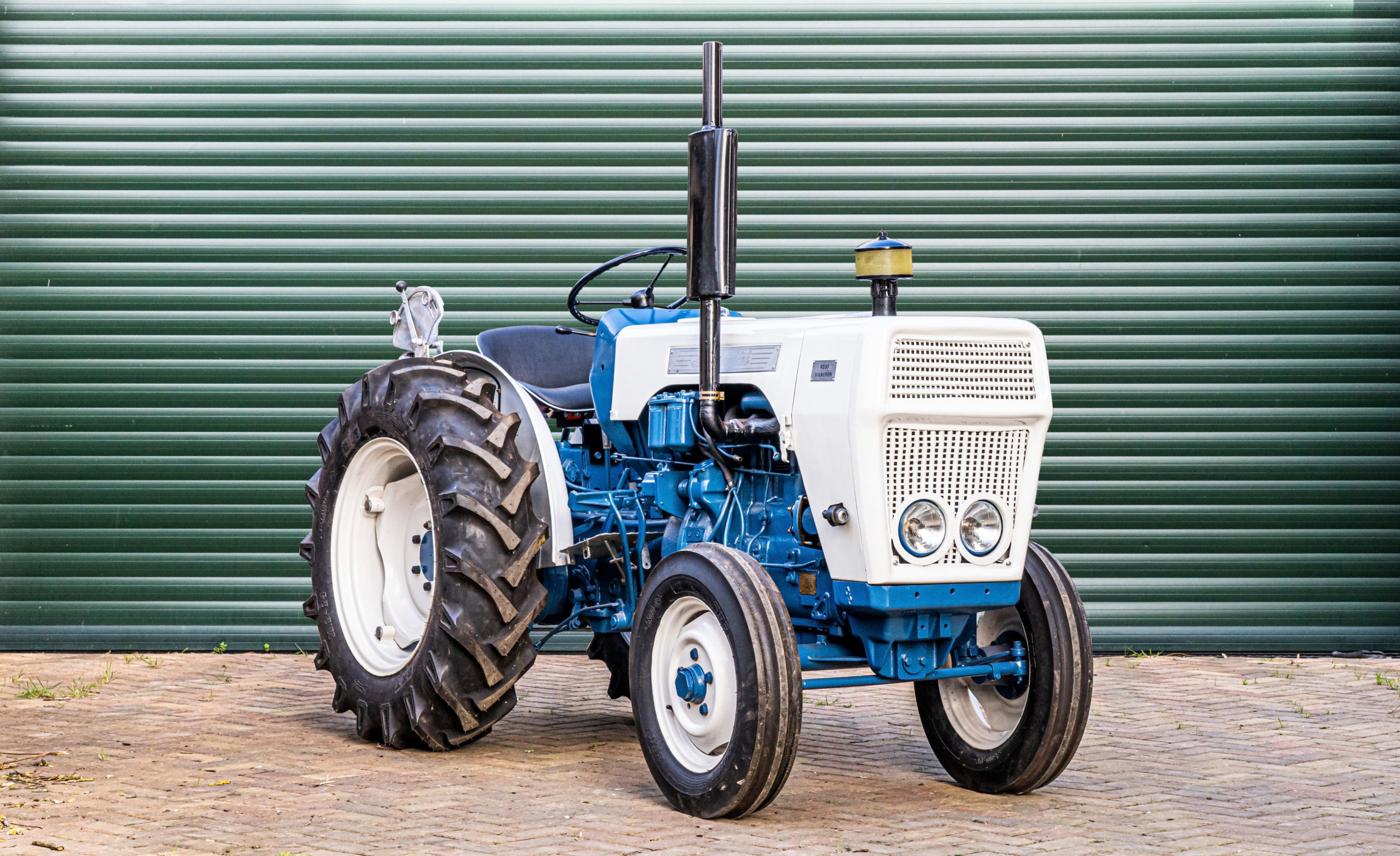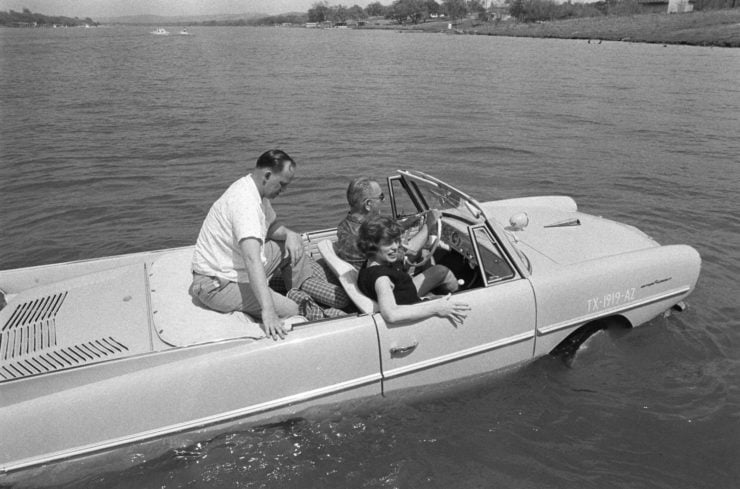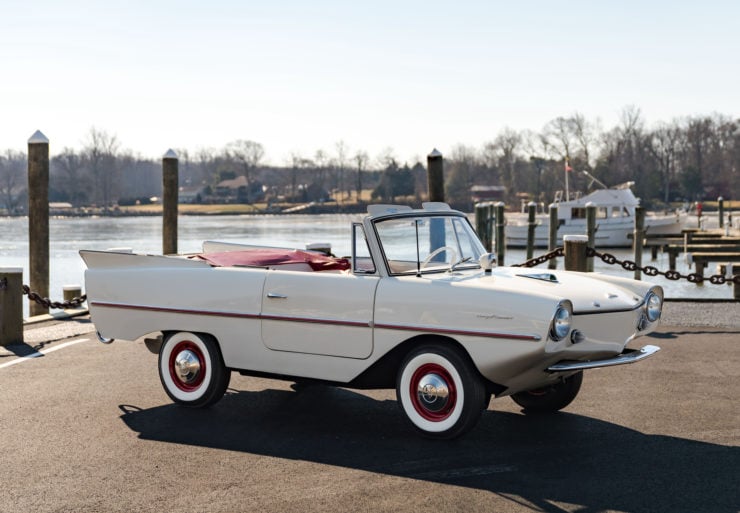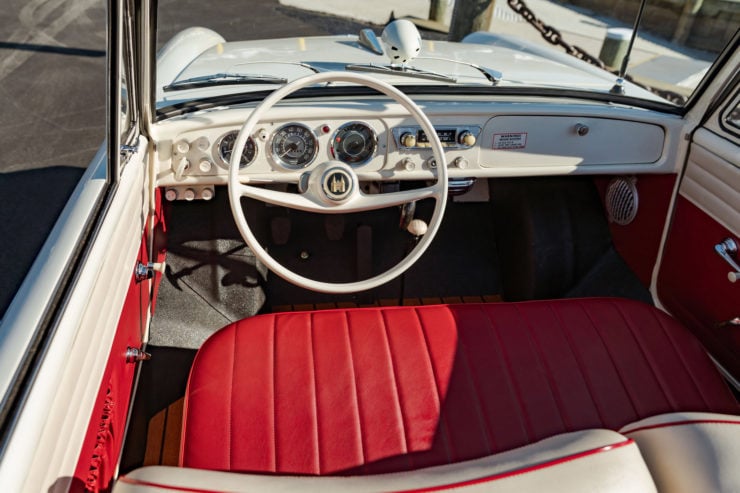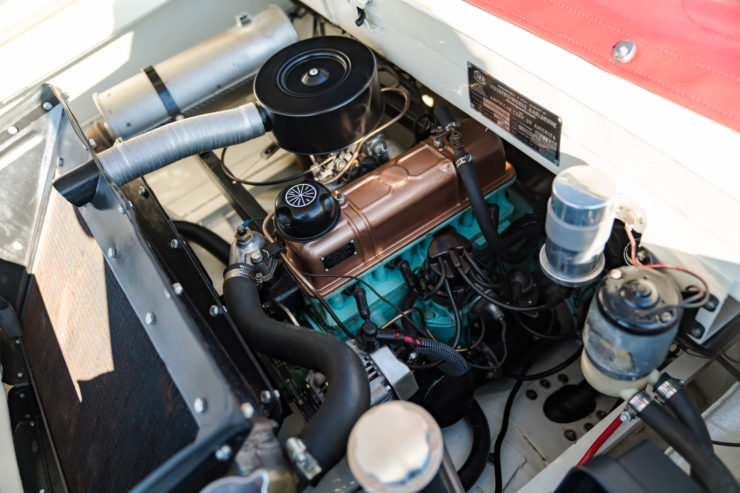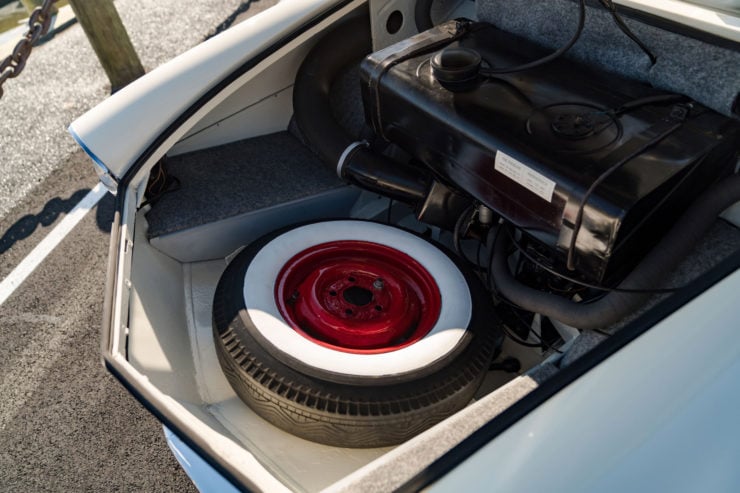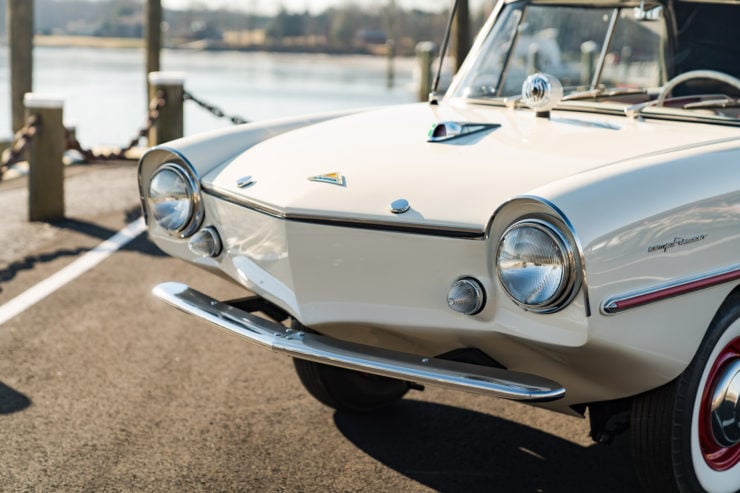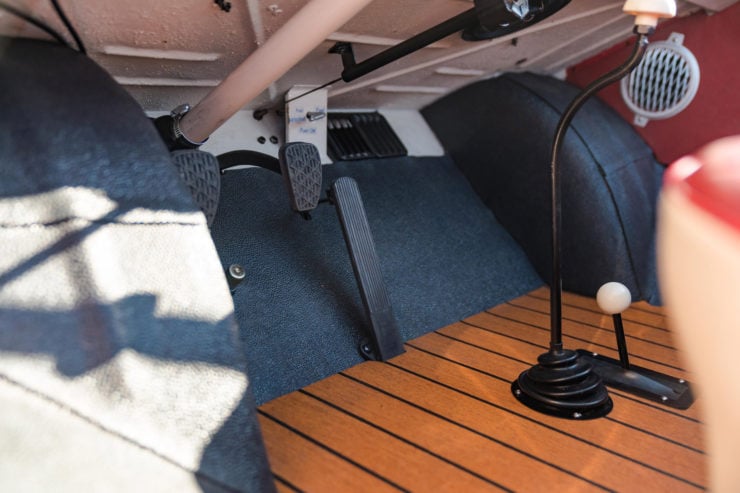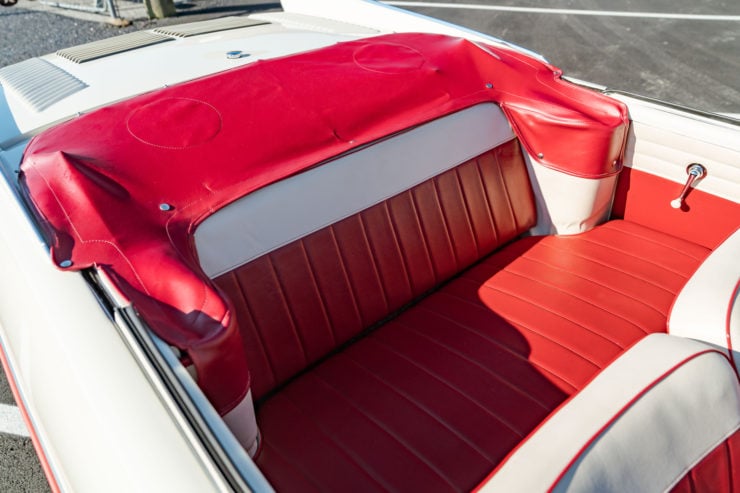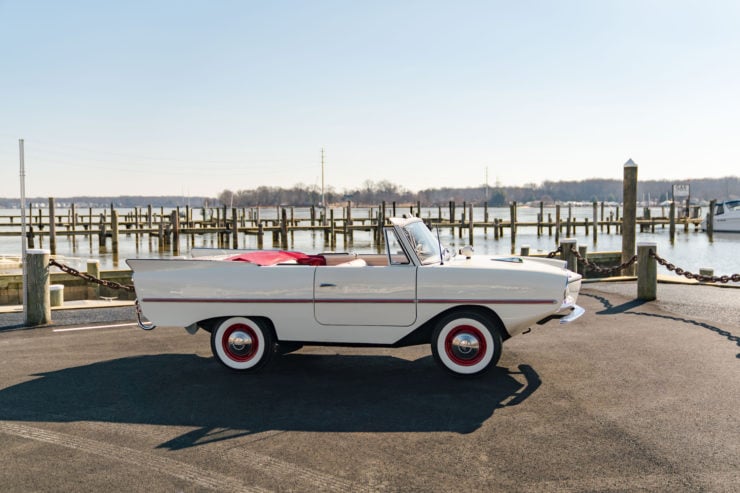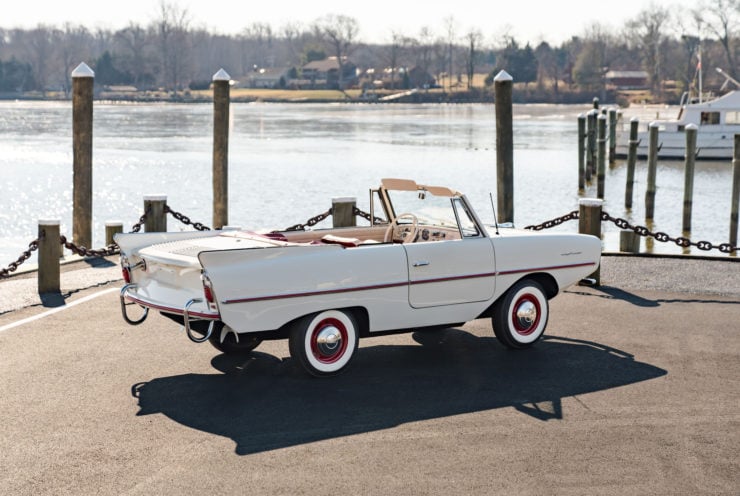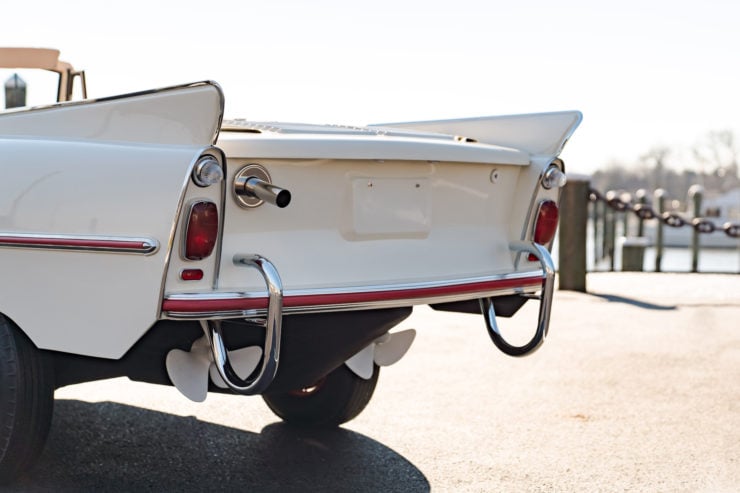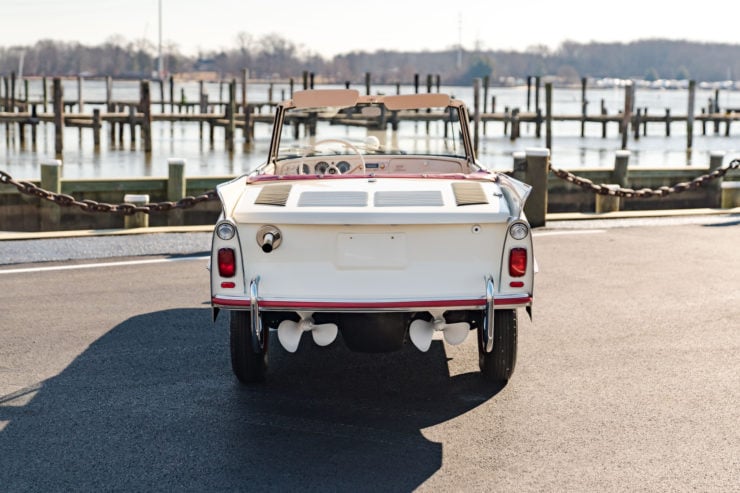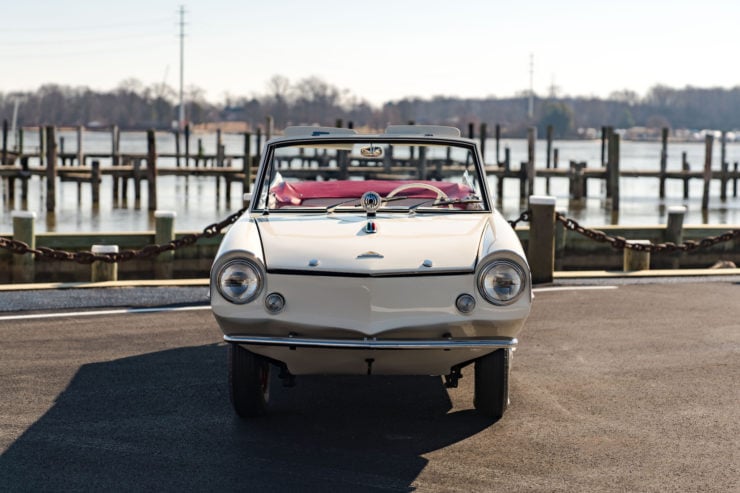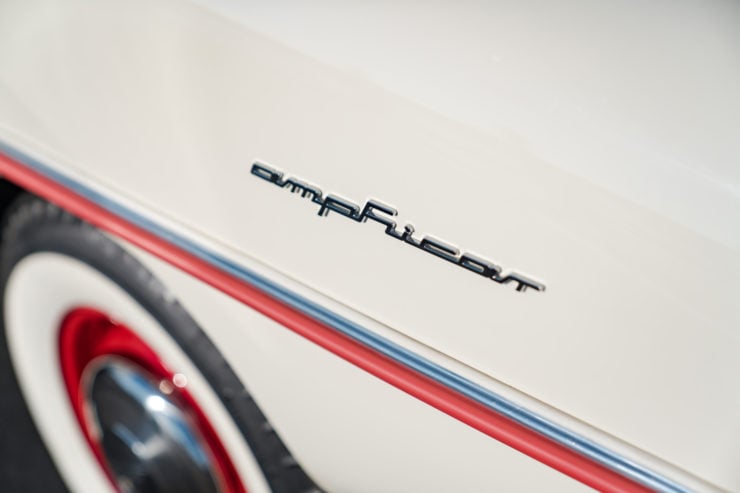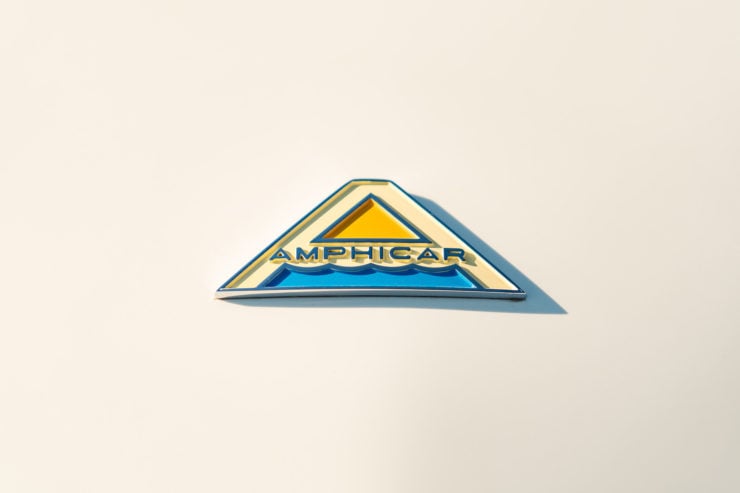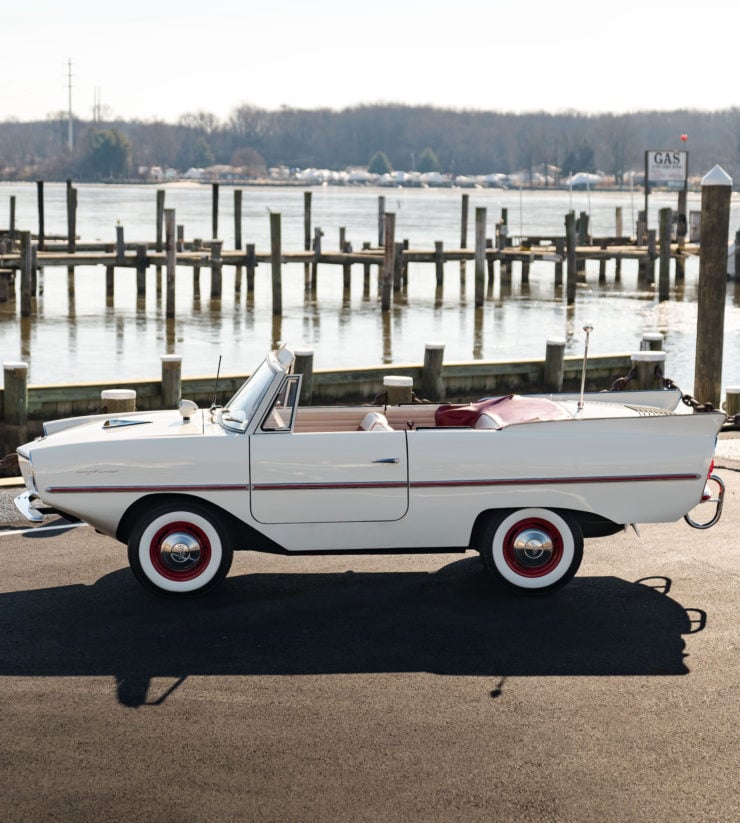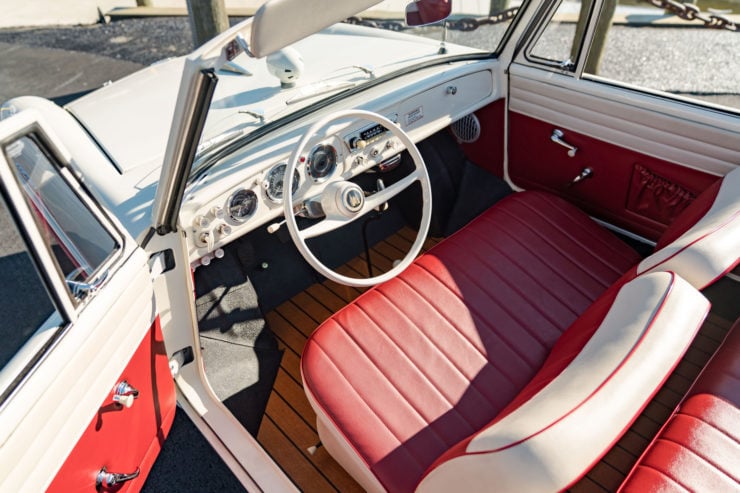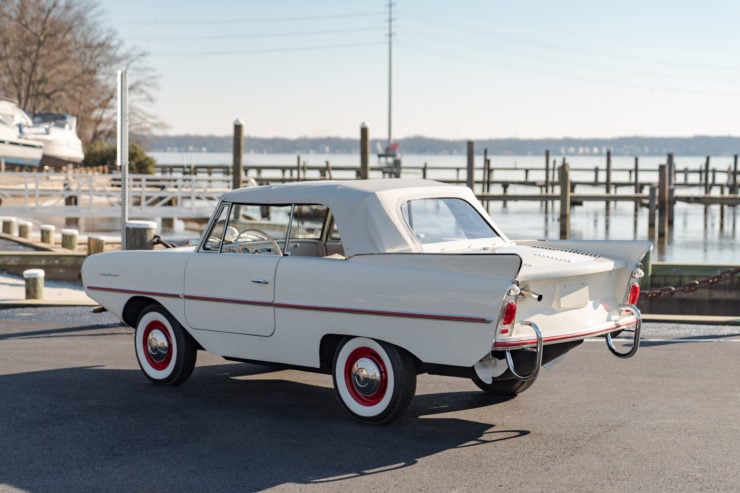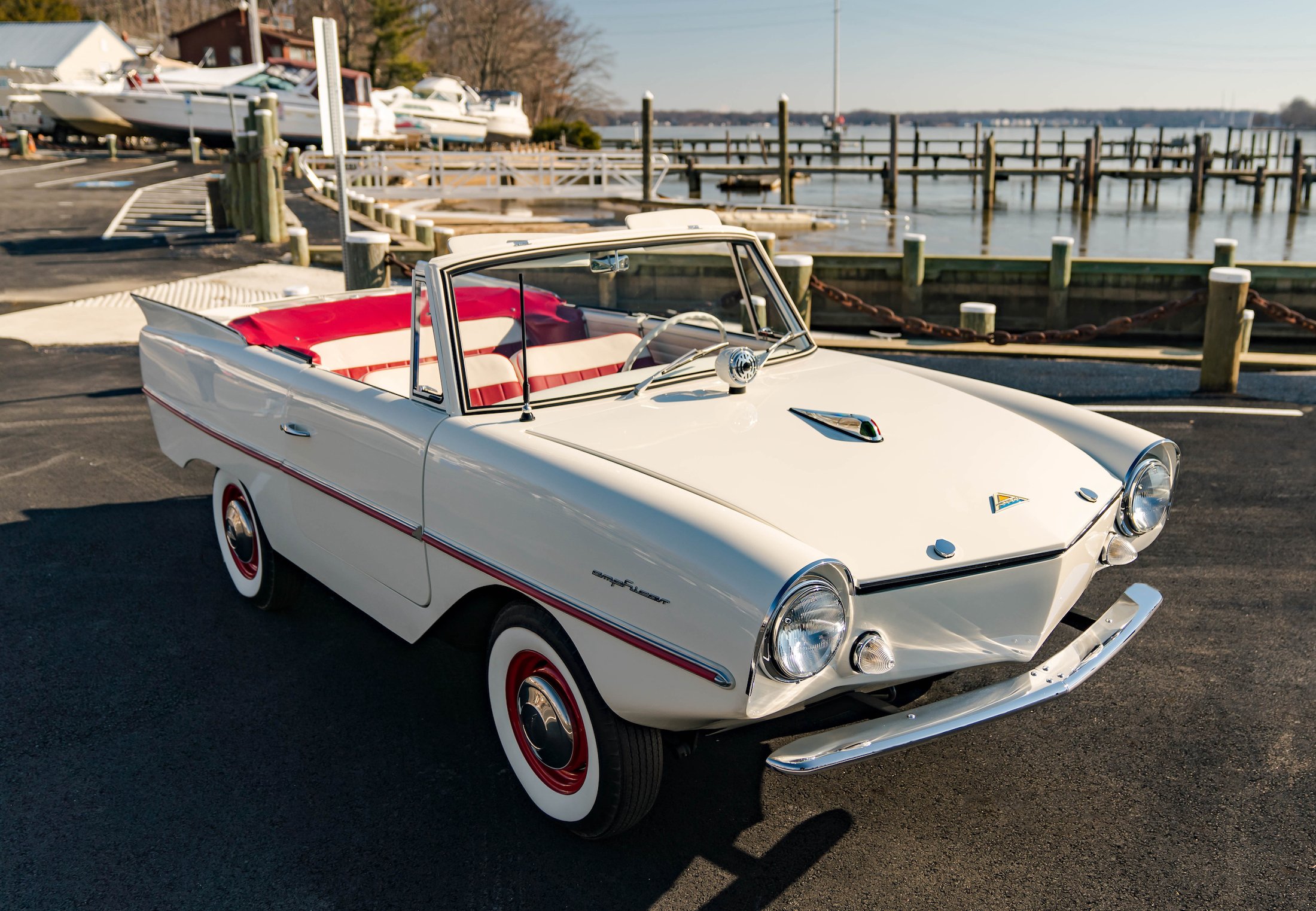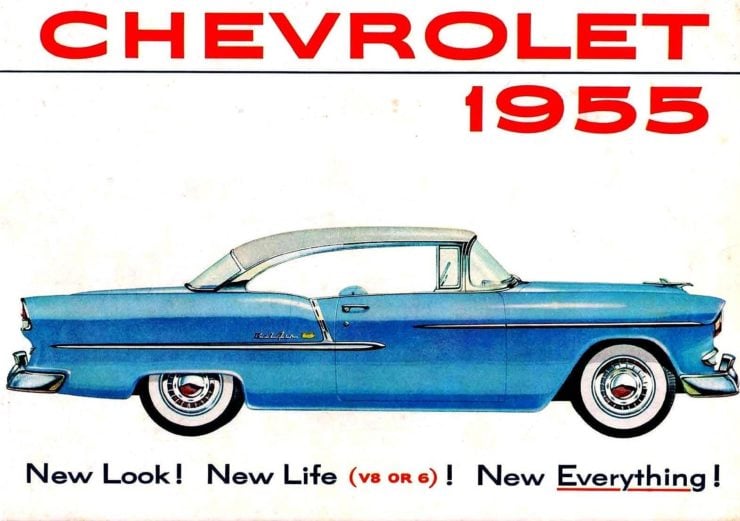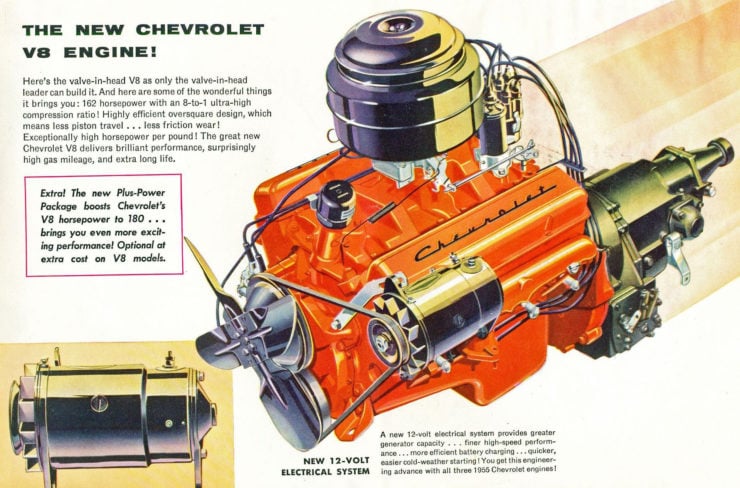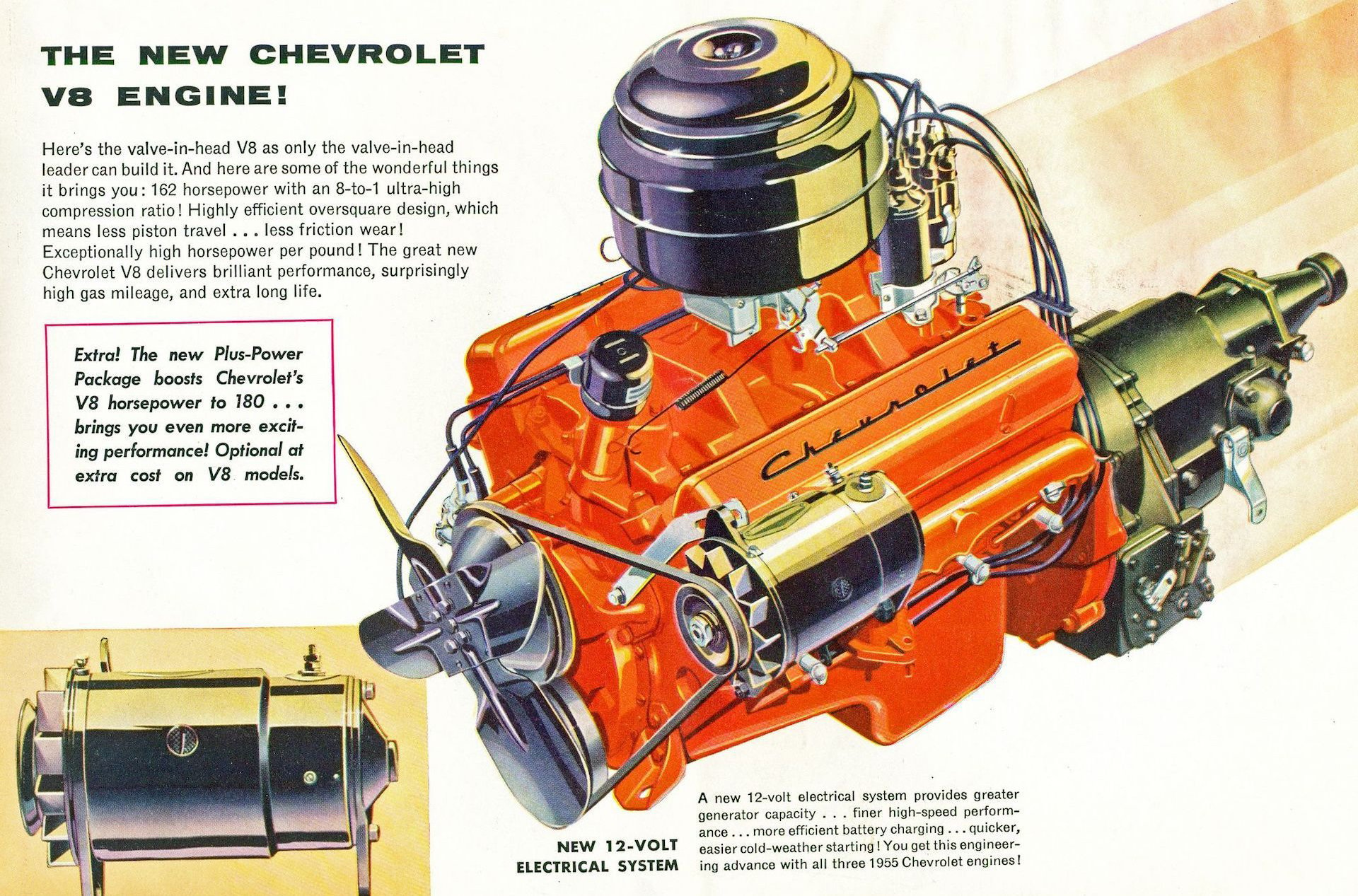The Lamborghini Countach LP5000 S was released in 1982, it had the largest engine of any Countach up until that moment in time, combined with the daring bodykit that had first been introduced on the earlier LP400 S.
Its newly upgraded 4.8 liter V12 engine, with six Weber carburetors and double overhead cams per bank, sent 368 hp at 7,500 rpm through its five-speed transmission the rear wheels – enough for a top speed of over 150 mph.
Fast Facts – The Lamborghini Countach LP5000 S
- The Lamborghini Countach LP5000 S was an important car in the evolution of the Countach family, it’s powered by an enlarged version of the Lamborghini V12 with a displacement of 4,754cc over the 3,929cc displacement of the earlier LP400 models.
- The name “Countach” is an exclamation of shock or surprise in the Piedmontese language of northwestern region of Italy. It’s said to have been chosen by Marcello Gandini after he heard a Piedmontese handyman frequently using the word.
- Much like its predecessors, the Countach LP5000 S has a spaceframe chassis constructed of welded round-section steel tubing with a body made up of aluminum panels with some fiberglass elements.
- The Countach would remain in production from 1974 until 1990, a relatively long 16 year lifespan. It remains one of the most popular and influential supercars of all time.
Lamborghini And The Next Great Supercar
When it was first shown to the world at the 1971 Geneva Motor Show, the Lamborghini Countach shocked the world.
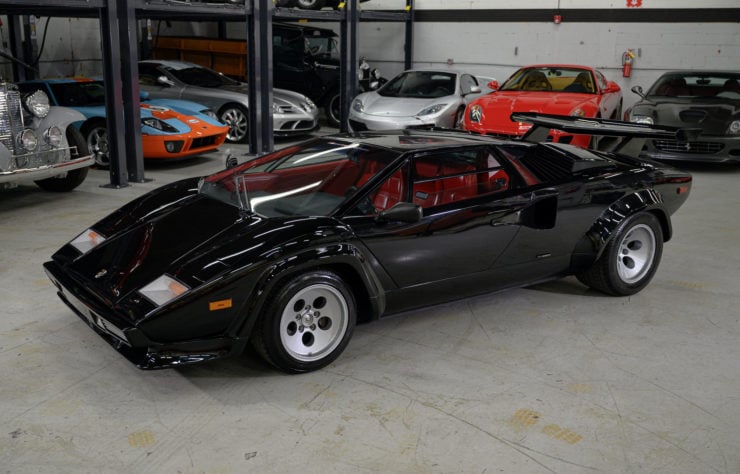
The Countach remains one of the most famous supercar designs of all time, and its distinctive wedge-shaped profile has been highly influential on modern supercar design.
Its angular wedge-shaped styling had been previewed on two earlier concept cars, the 1968 Alfa Romeo Carabo and the 1970 Lancia Stratos Zero – both from the same designer as the Countach, Marcello Gandini.
The key difference was that the Countach would be a full production car, not just a concept car intended for the show circuit.
The Countach had big shoes to fill, it was developed to replace the Lamborghini Miura as the next great supercar. The Miura is widely regarded as one of the most important supercars of all time – some even call it the first true supercar.
The Lamborghini Dream Team
The project was led by Lamborghini Chief Engineer Paolo Stanzani, working with test driver Bob Wallace, assistant engineer Massimo Parenti, and Marcello Gandini of Bertone – a veritable supercar dream team.
The team developed a state-of-the-art supercar with a tubular steel spaceframe chassis, a longitudinally-mid-mounted V12, seating for two, and of course, an avante garde body designed by Gandini.
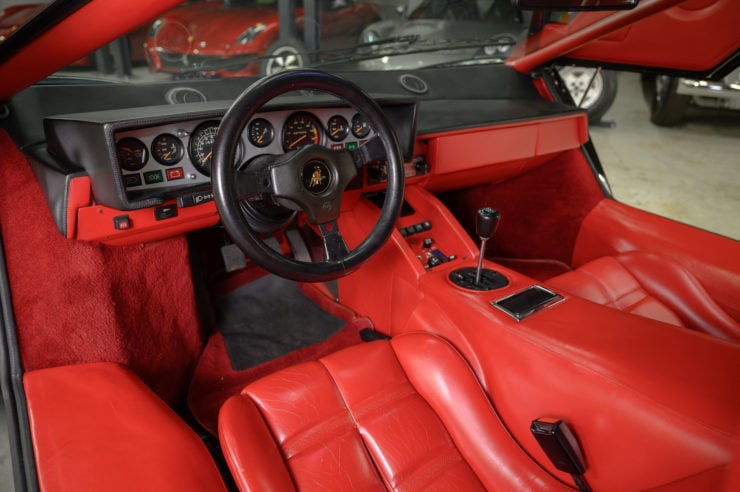
This car has a Rosso full leather interior, there’s ample instrumentation for the driver and a gated 5-speed manual shifter.
The Countach went into production in 1974 with styling very close to the original concept car, it was powered by a 3,929cc Lamborghini V12 and orders flooded in for the car from around the world.
Building A Faster Countach – The LP5000 S
As the 1970s had progressed Lamborghini had worked to update the Countach to keep it competitive with its supercar rivals, even as the company itself faced potential bankruptcy and an uncertain future.
The original Countach was the LP400, this was succeeded by the LP400 S which featured an outlandish body kit that included wheel arch extensions, a lip spoiler, and a large optional rear wing. The car was also given wider tires and uprated suspension to match.
The model name started with “LP” as this stands for “longitudinale posteriore,” Italian for “longitudinal rear.” This described the orientation of the engine, the earlier Miura had a transversely mid-mounted engine.
In 1982 the Lamborghini Countach LP5000 S was released, also known as the LP500 S, for the first time the engine size in the Countach exceeded 4.0 liters with a total displacement of 4,754cc with power increased from 350 bhp to 368 hp.
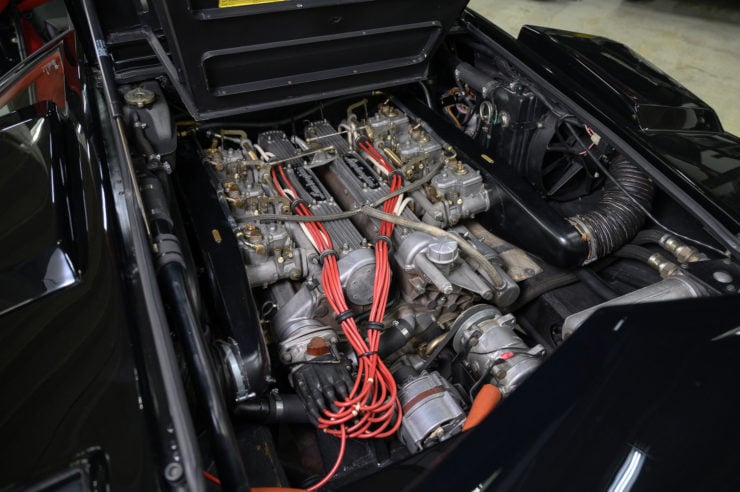
Power is provided by a 4.8 liter V12 engine with six Weber carburetors and double overhead cams per bank, it sends 368 hp at 7,500 rpm through its five-speed transmission the rear wheels.
The LP5000 S kept the eye-catching bodykit of its immediate predecessor, and it proved immediately popular with both the general public and the motoring media.
The model would stay in production until 1985 when the four-valve LP5000 Quattrovalvole was released, with 321 produced in total.
The Lamborghini Countach LP5000 S Shown Here
The LP5000 S you see here is a 1984 model that has just 14,451 kms (~8,980 miles) on the odometer.
The car is finished in a combination of Nero Tenebre over a Rosso full leather interior, and it was imported to the USA by Sports Car Studio of Ormond Beach, Florida in November of 1983.
Due to its low mileage and excellent state of preservation its clear that this Countach has seen very limited use, it’s still fitted with its original period-correct Alpine head unit with its built-in cassette player.
This car is due to roll across the auction block with RM Sotheby’s on the 26th of March in Fort Lauderdale, Florida with a price guide of $600,000 – $750,000 USD.
If you’d like to read more about it or register to bid you can click here to visit the listing.
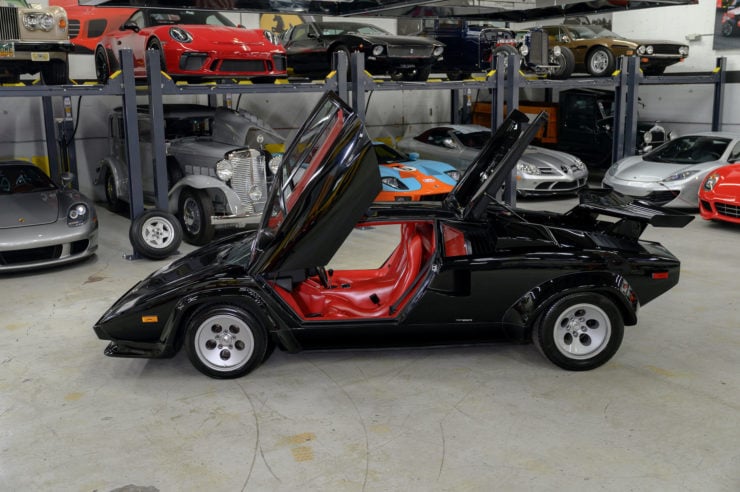
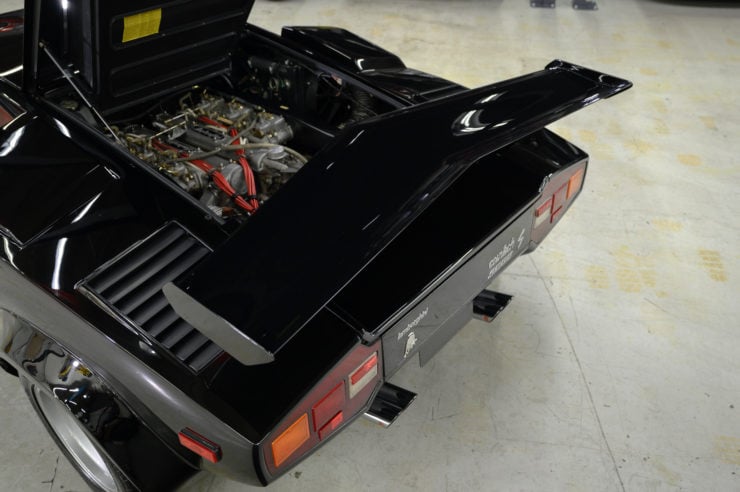
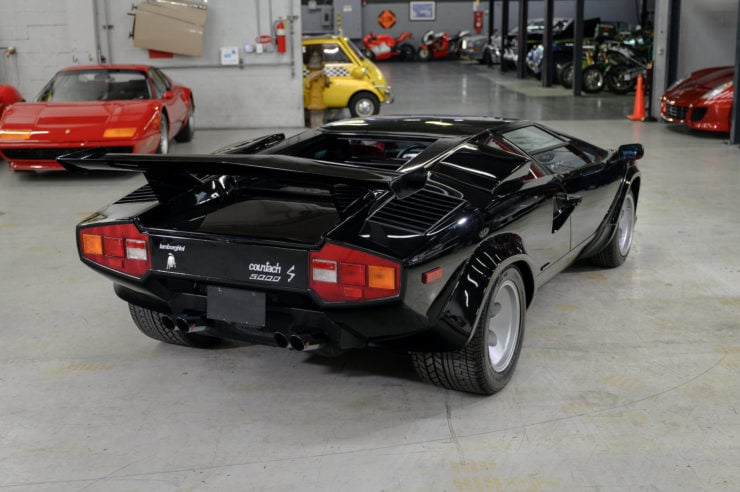
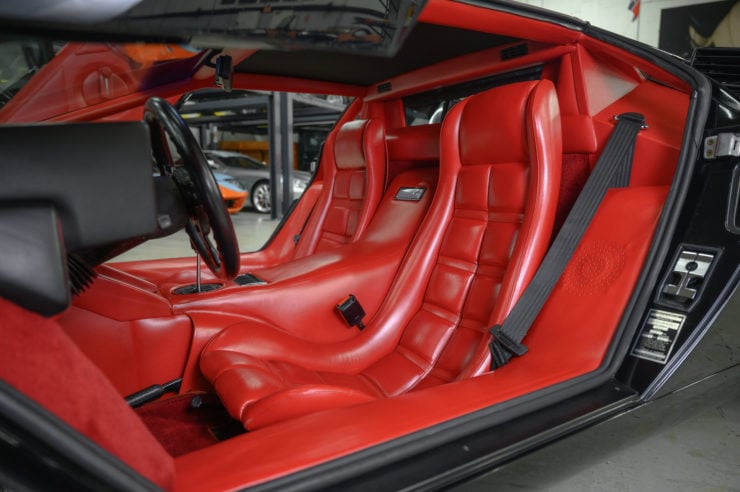
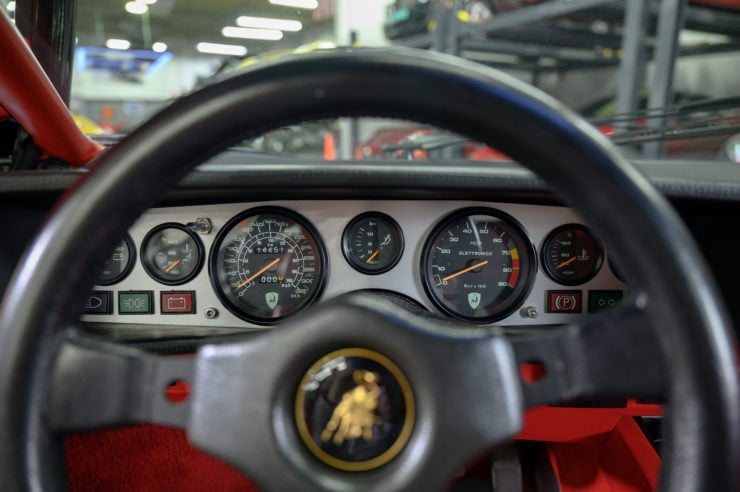
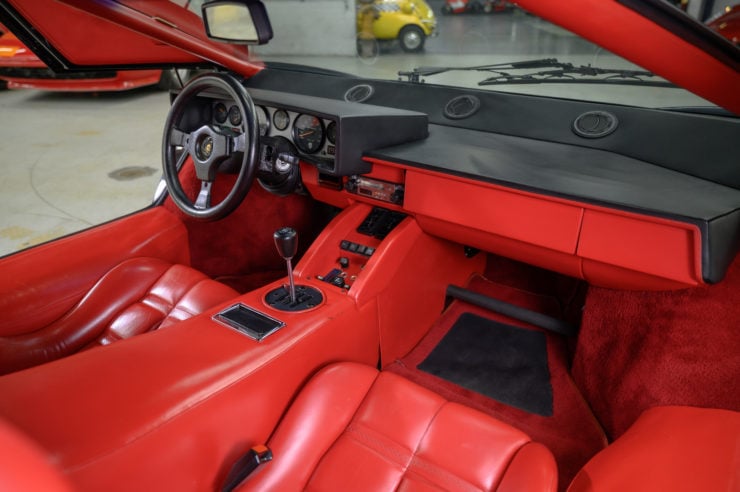
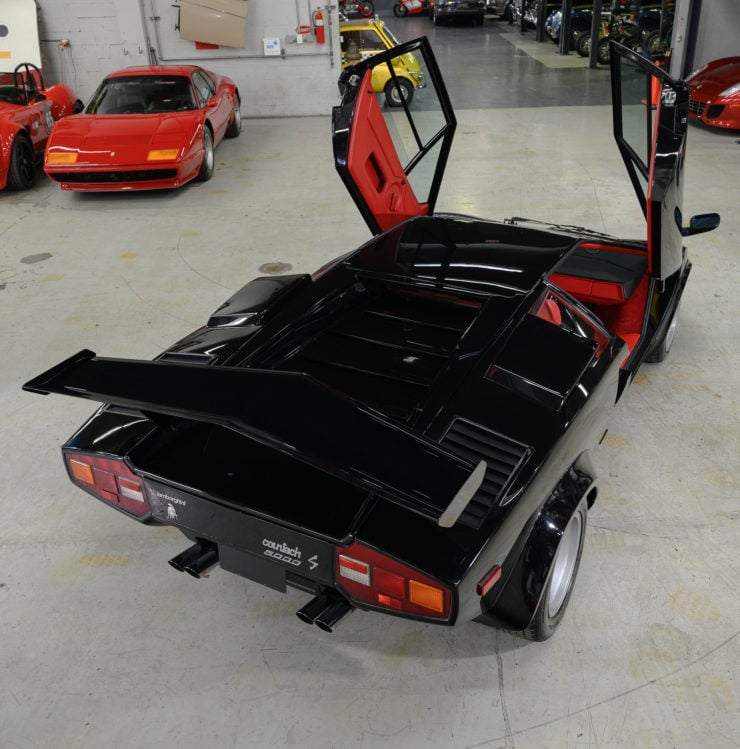
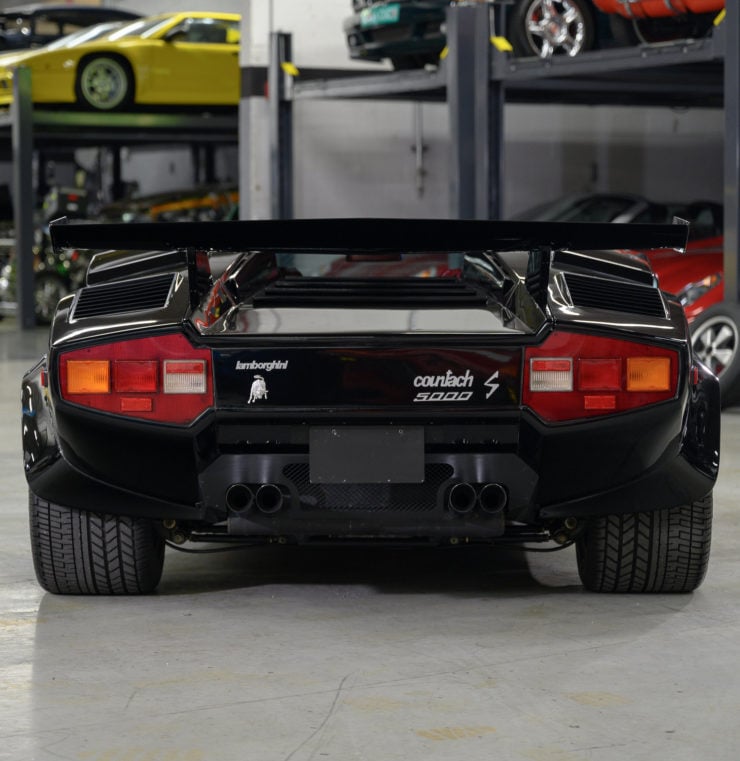
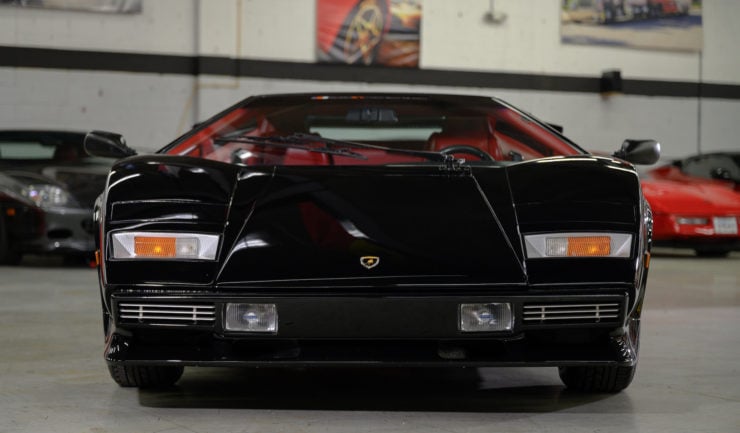
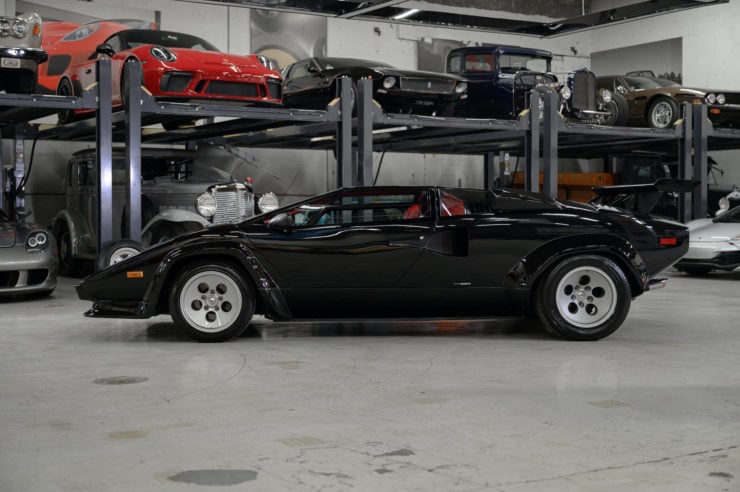
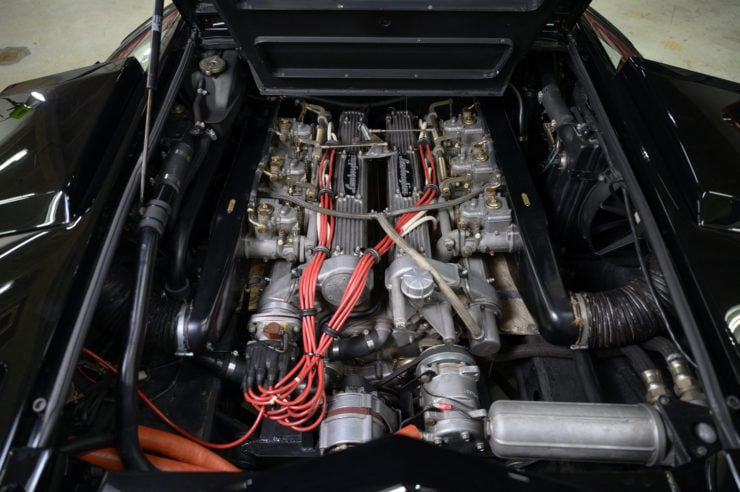
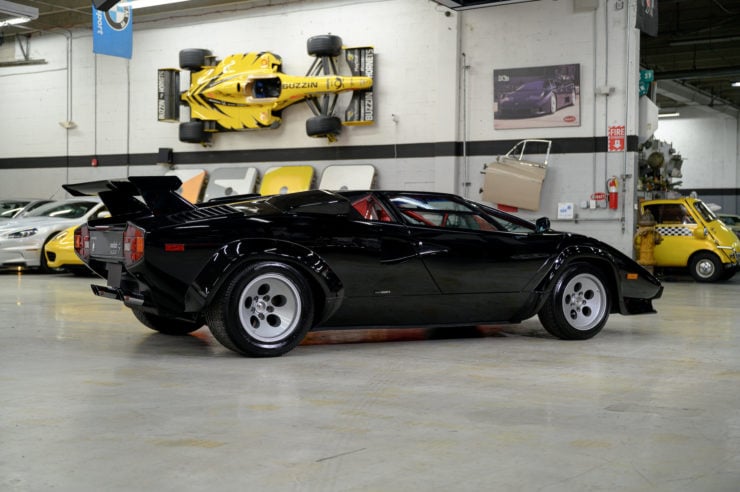
Images: Jasen Delgado ©2022 Courtesy of RM Auctions
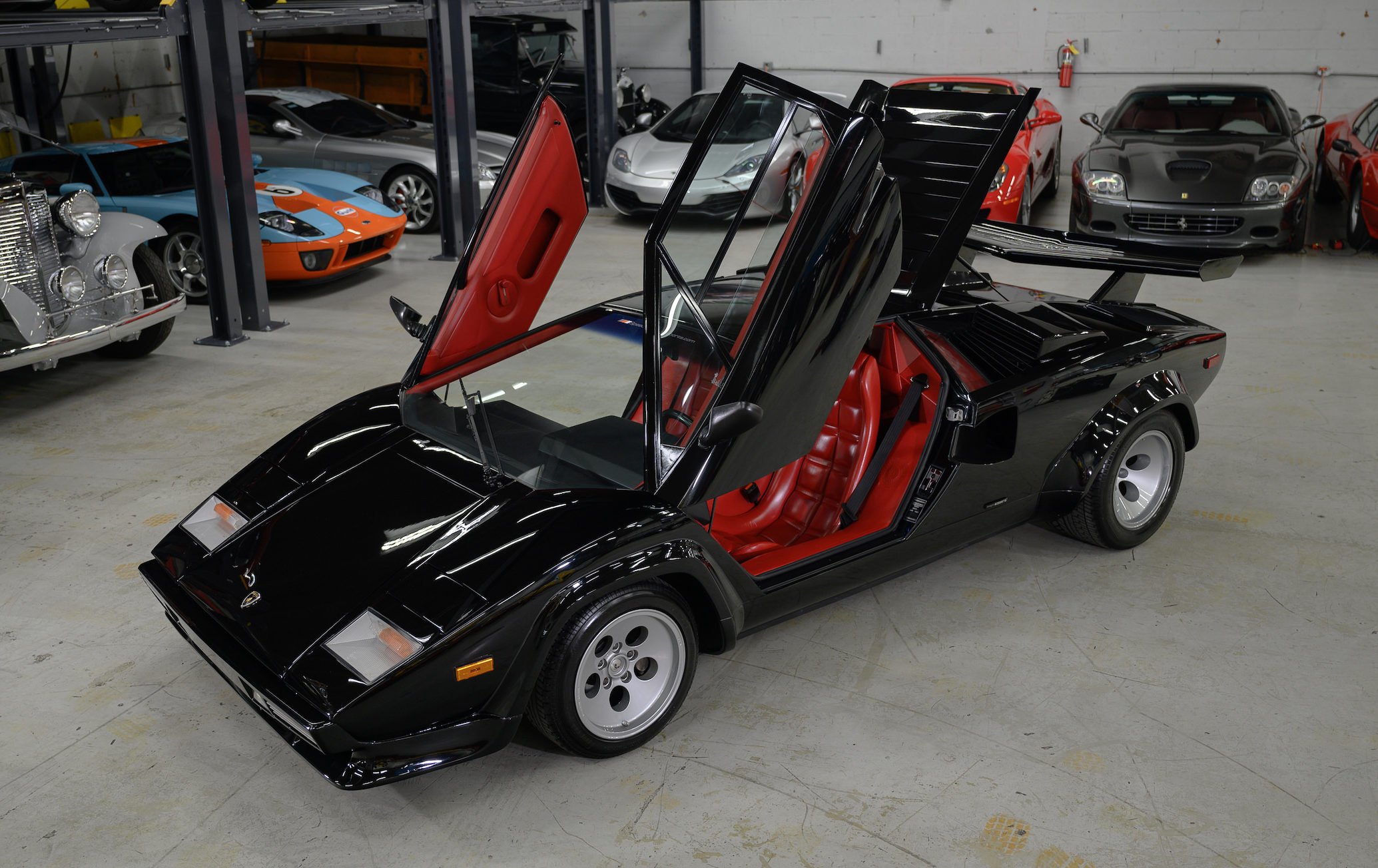
The post A 1980s Icon: The Lamborghini Countach LP5000 S appeared first on Silodrome.
from Silodrome https://silodrome.com/a-1980s-icon-the-lamborghini-countach-lp5000-s/
via gqrds
